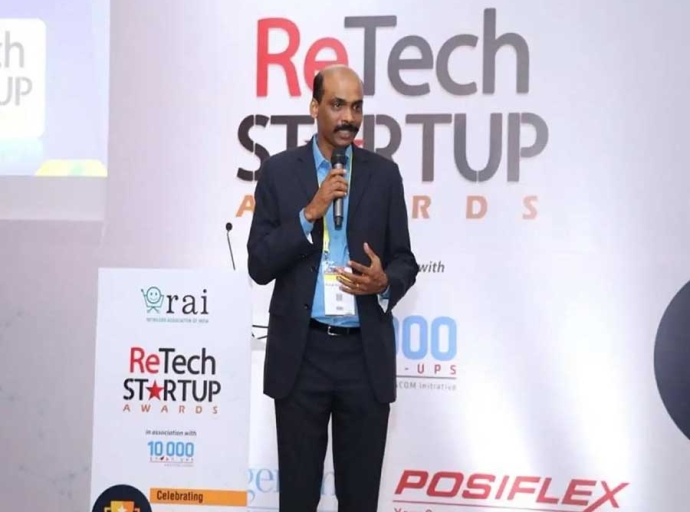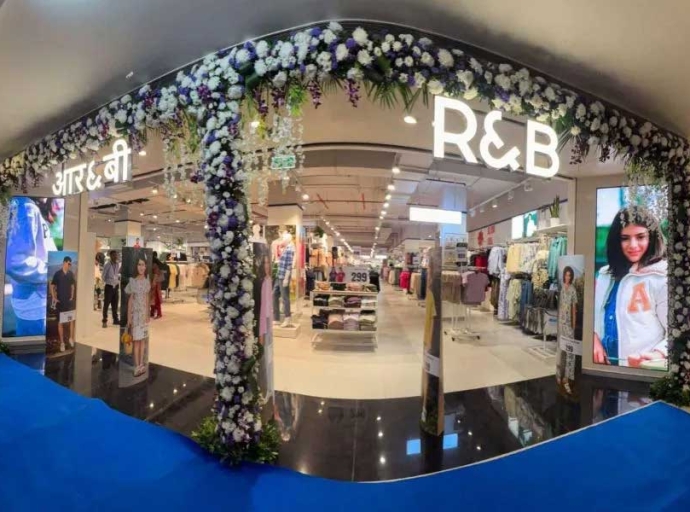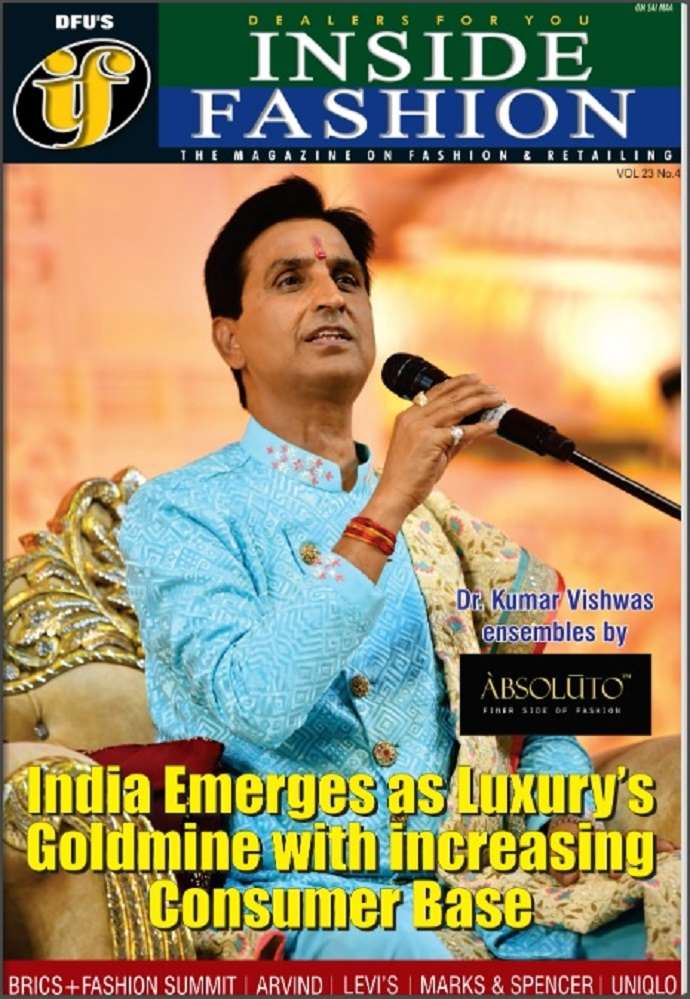Experience is the new currency inside India’s retail transformation

24 July 2025, Mumbai
Once a market dominated by transactions and price points, India’s retail sector is changing. What was once about products stacked neatly on shelves is now an immersive, multi-sensory journey—one that transcends the act of buying to foster belonging, purpose, and emotional resonance.
This retail renaissance is being shaped by evolving consumer expectations, cutting-edge technology, and a renewed understanding of physical space—not just as a storefront, but as a stage for experience.
The rise of the experiential consumer
The Indian consumer has evolved. Today’s shopper is well-informed, digitally savvy, and purpose-driven. The journey often begins on a screen—scrolling through fashion reels, reading reviews, and comparing prices—long before setting foot in a store. This pre-purchase engagement builds expectations not just around product quality, but around how the brand makes them feel. It’s no longer about what a brand sells, but what it stands for.
In this scenario, alignment with personal values—whether it’s sustainability, local craftsmanship, or inclusivity—is becoming a key differentiator. Consumers, especially Gen Z and millennials, are gravitating towards brands that can weave a compelling narrative and reflect their identities.
Omnichannel integration, the non-negotiable
In a world where digital and physical boundaries are blurring, consistency is king. Whether browsing a mobile app, chatting with a customer support bot, walking into a flagship store, or watching an influencer’s review on Instagram, today’s shoppers demand a seamless, cohesive journey.
Retailers are responding with sophisticated omnichannel strategies. A shopper might discover a product on Instagram, virtually try it on via AR, purchase it through a brand’s app, and pick it up from a nearby store.
Join our group
Each touchpoint reinforces the brand identity, ensuring the consumer experience feels fluid and intuitive. The days of channel silos are over. In their place stands a unified retail ecosystem—intelligent, data-driven, and human-centric.
The physical store reimagined
Despite the meteoric rise of e-commerce, physical stores have not lost their relevance and charm—they’ve simply reinvented their purpose. No longer just a point-of-sale, the modern store is an emotional landscape, curated to stimulate discovery, joy, and community.
Store layouts are being reimagined with sensory elements: warm lighting, interactive displays, digital mirrors, and hospitality-style staff trained not just to sell but to engage. Whether it’s trying on outfits in a cozy lounge space, sipping artisanal coffee while browsing, or attending a brand workshop, the emphasis is on experience—not inventory. The goal: Make customers return not just for the merchandise, but for the memory.
Reasons behind the shift
India’s retail transformation isn’t just cultural—it’s structural, and backed by formidable numbers. India’s retail market is on track to cross $1.6 trillion by 2030, boosted by growing discretionary spending over essentials. Growing e-retail is another reason. With $60 billion GMV in 2024, India has emerged as the world’s second-largest online shopper base. This market is expected to grow at 18 per cent CAGR, reaching $190 billion by 2030.
What’s more nearly 40 per cent of e-retail shoppers in India are Gen Z. Socially connected, fast-moving, and values-driven, this cohort is redefining consumption patterns—often favoring insurgent, purpose-led brands over legacy labels.
Growing experiential retail valued at $84.94 billion in 2023 is another trigger. At the moment, the experiential retail sector is growing at 14 per cent CAGR. Stores offering immersive, phygital experiences see 40 per cent more customer dwell time and 30 per cent higher sales. Meanwhile, the AI in retail market too is growing. Valued at $216.26 million in 2023 it is a projected $2.96 billion by 2032. From smart recommendation engines to predictive inventory management, tech is enabling hyper-personalization and operational excellence.
Malls become lifestyle hubs
Once anchored solely around shopping, malls are now cultural and community epicenters. Across metros like Bengaluru, Delhi, and Mumbai, malls are hosting food fests, tech pop-ups, fashion shows, co-working pods, cinemas, and art installations—all under one roof. By increasing the reasons for a visit, these lifestyle hubs are increasing average "dwell time" and attracting diverse demographics, from young professionals to families seeking weekend outings.
And even as consumers embrace digital interfaces, there’s a strong preference for human touchpoints. As 78 per cent of Indians still prefer human assistance when shopping online; 61 per cent find AI product suggestions helpful—but 77 per cent are concerned about data breaches; 84 per cent have made purchases based on influencer endorsements, revealing the power of social trust. This signals a future where successful retailers will harmonize tech-enabled convenience with human warmth and trust.
Empathy is the new currency
In the emerging Indian retail scenario, loyalty will not be built with reward points or flash discounts. It will be earned through empathy, authenticity, and emotional intelligence. Brands that empower frontline employees to become storytellers—not salespeople—are building communities, not just customer bases. Those that treat stores as sensory spaces, and not just inventory hubs, are driving deeper engagement. And those that prioritize trust—through transparency, data ethics, and inclusivity—are laying the foundations for long-term brand love. In the end, the most valuable product a retailer can offer isn’t a good on a shelf—but the feeling it creates and the story it helps the consumer tell.
Latest Publications

































